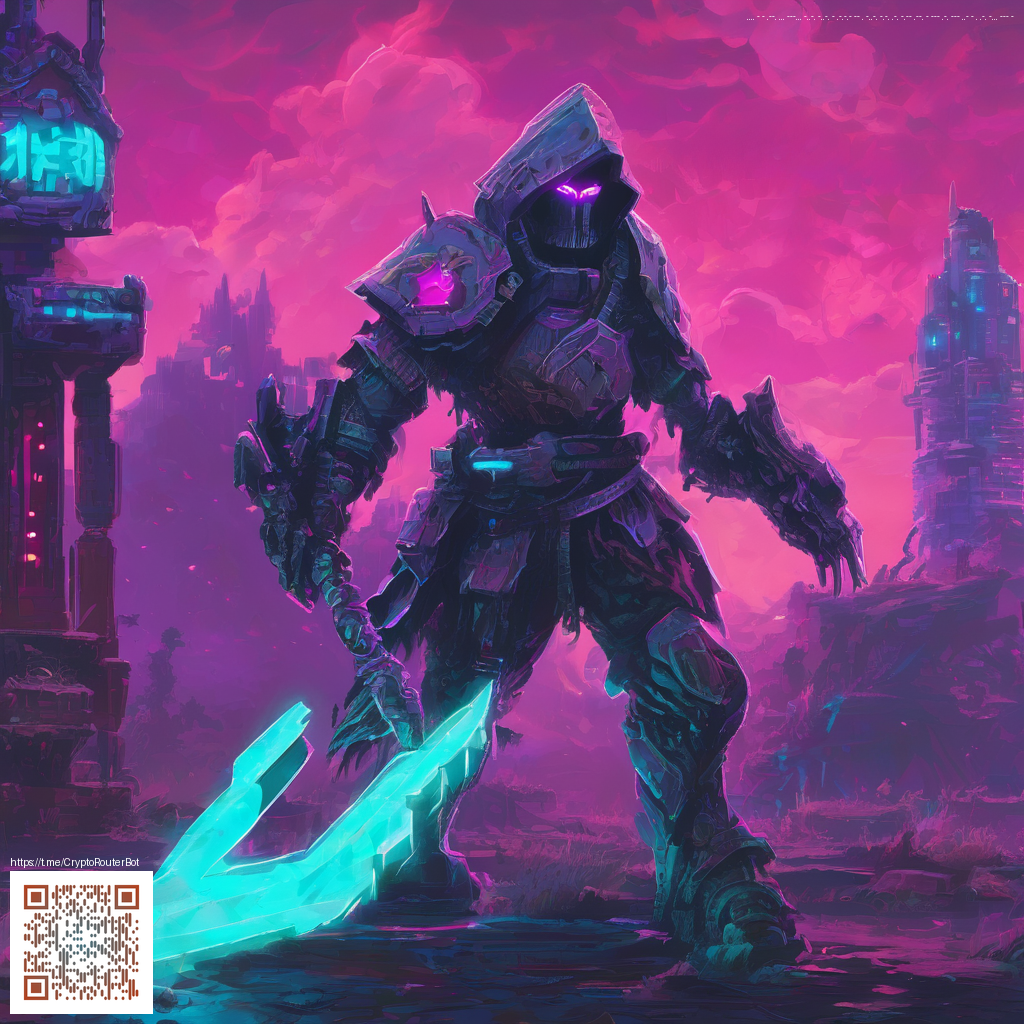
Crafting Editable YouTube Thumbnail Templates for Higher Engagement
In a world where a single frame can mean the difference between a scroll and a click, designing editable YouTube thumbnail templates is a skill worth mastering. The thumbnail is the doorway to your content, a visual promise that must communicate quickly and clearly what viewers will get. When templates are designed with editability in mind, creators can adapt to changing trends, test new ideas, and maintain a consistent brand presence across their channel.
Foundations: a scalable design system for thumbnails
Start with a simple design system you can reuse across videos. Establish a core layout that places the subject, headline, and a supporting element in predictable zones. A well-structured template makes it easy to swap out imagery, update text, and adjust color while preserving balance. Think in terms of layers, placeholders, and smart adjustments so edits stay non-destructive and fast.
“Treat your thumbnail template like a mini-brand brief—clarity, contrast, and consistency guide every edit.”
As you build, document the typography stack and color roles. A bold, legible headline font paired with a calm supporting font often performs best. Limit the color palette to 2–3 primary hues with high contrast against the background. This approach helps your text pop even on smaller screens, where thumbnails appear small in feed views.
Composition and readability: tips that survive tiny screens
- Focal point first: ensure a single, clear focal element (face, object, or symbol) dominates the composition.
- Typography that breathes: use large, high-contrast letters and avoid long strings of text. If you must include a subtitle, keep it under 8–10 words.
- Color contrast: test your thumbnail against both light and dark backgrounds. A light text on a dark shape often reads best over busy images.
- Brand consistency: align each thumbnail with a recognizable frame, logo placement, and color cues that viewers associate with your channel.
- Editable placeholders: separate text, image, and color layers so you can swap in new assets without reworking the entire template.
When you’re preparing to edit, remember that YouTube displays thumbnails at multiple sizes. Design with scalable elements: a strong silhouette, bold headline, and a secondary graphic that remains legible whether cropped or scaled down. A well-structured template not only speeds up production but also improves your click-through-rate (CTR) consistency over time.
Practical workflow: making templates truly editable
Adopt a non-destructive workflow by using layered files (such as PSDs or vectors) with clearly named groups for background, image, headline, and cta badge. Save color swatches and font presets within the template so future edits require minimal guesswork. If you publish across multiple channels or languages, consider a master template with language-specific text layers that can be toggled on and off without altering layout integrity.
For creators on the go, a lightweight, well-organized template reduces editing friction. And while you’re refining your setup, a comfortable, reliable workspace can help you stay precise during long editing sessions. For instance, a dependable workspace accessory like this Neoprene Mouse Pad can keep your mouse steady as you tweak details—small comforts that compound into big gains in speed and accuracy.
Template auditing: testing for performance and accessibility
After assembling a template, run a quick audit on readability and visual hierarchy. A/B testing with different headline treatments, image crops, and color contrasts can reveal what resonates with your audience. Use color psychology to guide mood: warmer hues for energetic topics, cooler tones for analytical videos, and high-contrast edges to signal urgency or importance. Document the winning variants and incorporate them into your editable system for future videos.
“A reliable thumbnail system isn’t just about looks; it’s about easing decision pressure for the viewer and the creator alike.”
As you iterate, keep the process transparent for collaborators. A shared template library with versioned assets ensures everyone stays aligned on typography, color, and layout rules. The result is not only faster production but also a more coherent channel story that viewers begin to recognize at a glance.
Putting it into practice: a quick implementation plan
- Define a one-page design brief for your thumbnail system, including typography, color, and focal rules.
- Create a master template with clearly labeled layers and placeholders for image, headline, and branding elements.
- Set up text presets for various video lengths and topics to streamline edits.
- Test on mobile or small screens and adjust line breaks, font sizes, and crop policies accordingly.
- Document your template usage so future editors can reproduce success consistently.
When you’re ready to explore the practical side of templates, the right desk setup can support a smoother editing rhythm. And if you’re curious about other tools that complement your workflow, the product lineup on the Shopify shop and related resources offer interesting options to explore as you refine your editing station and template library.